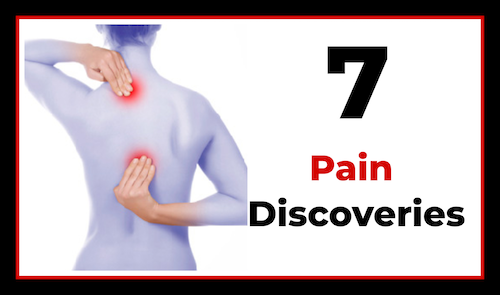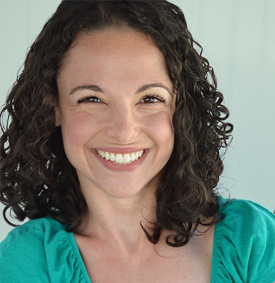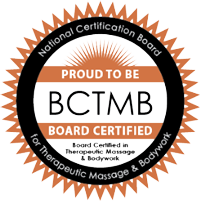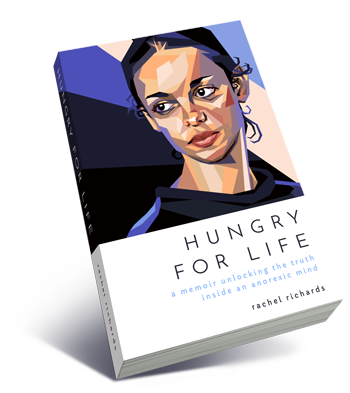News: August 2024
Pain Is Not What You Think ...
 Over 20% of the U.S. population lives with chronic pain, and that number is expected to increase over the next two decades. It is therefore essential that we remain up to date on the most recent pain science.
Over 20% of the U.S. population lives with chronic pain, and that number is expected to increase over the next two decades. It is therefore essential that we remain up to date on the most recent pain science.
Leading pain scientist Professor Lorimer Moseley has developed the Pain Revolution, aiming to spread the latest pain science discoveries in an attempt to change the way we treat chronic pain and help sufferers get their lives back.
Moseley teaches seven primary exciting pain discoveries:
- Pain is always real no matter what is causing it. Moseley illustrates this point with an experiment in which study participants wore a "head stimulator" and watched the researcher turn the intensity knob. The participants reported increasing pain as they saw the intensity level increase. The head stimulator, however, was merely a piece of plastic that did nothing at all.
- Pain relies on context and cues. In another study, a metal rod pain stimulator was placed on the back of subjects' hands as they were shown either a red light or a blue light. Those who were shown a red light reported much higher pain intensity.
- Pain is all about protection. Pain is not about the state of the tissues in the body. It's about protecting those tissues. For example, if someone with back pain gets an MRI and reads a report revealing any amount of tissue damage, the pain gets worse. They've slightly reduced their chance of recovering by getting an MRI and reading the report.
- Pain and tissue state are poorly connected. Pain doesn't measure the state of your tissues. You can have brutal pain with little to no injury, and no pain with a severe injury. For example, those who have had spine MRI's have often been told that spinal degeneration is causing their pain. In fact, studies have shown that over half of the population in their 30s who are diagnosed with spinal degeneration don't experience any back pain. At 50 years old, 80% of those with spinal degeneration have no back pain. In other words, pain is not measuring damage, it's trying to protect you. The trick is finding out why it's trying to protect you.
- We are amazingly bioplastic learners. We adapt quickly to messages our bodies receive. The longer we have pain the more efficiently our nervous and immune systems produce pain, even in the absence of any real danger. In other words, the system becomes overprotective. Chronic pain treatment has historically been a challenge because the pain is felt in the tissues, when it's actually generated by the nervous system. Now that we know we are bioplastic learners, we can retrain the system. This offers exciting new possibilities for treating pain.
- Movement is king. Movement is critical for retraining the system. Moving our bodies gradually suppresses pain signals and also protects us from developing other pain issues as we age. Research shows that movement is generally the best way to recover from chronic pain. The key is to find the line where you can move without causing additional pain and slowly progress from there.
- Understanding your pain and retraining the pain system works. Science cannot offer an immediate fix for people with consistent pain, but we can retrain the pain system and recover over time, eventually returning to normal daily life. There is compelling evidence that understanding pain and retraining the system is by far the most effective way to recover from pain!
We begin by understanding that chronic pain recovery is a journey. It's best to work with an excellent pain coach, physiotherapist, occupational therapist, or massage therapist to effectively retrain the nervous system.
Massage therapy is invaluable for chronic pain recovery because, as Moseley explains, "...without any conversation, bodyworkers are educating by virtue of the fact they're delivering stimuli within certain conjured contexts and frames of working. So, they're changing the way the person in front of them stores data and uses that data for future decision-making."
If you have chronic pain, I hope this description of the latest pain science discoveries shifts your perspective of your pain experience and opens new possibilities for recovery. I also urge you to learn more about Lorimer Moseley's work (check out his popular TEDx Talk) and begin your own journey.
Sources:
The Pain Revolution
The Thinking Practitioner
Better Sleep in Minutes!
Self-Massage to Release the Jaw
Most of us could do with more better quality sleep. It can be difficult to shut down a racing mind and transition into a peaceful slumber. This mini self-massage will help you relax your body, quiet your mind, and get the rest you need to be your best. It only takes a few minutes, so get comfortable and let's release the day and embrace deep sleep.
In this mini self-massage, we release tension from the jaw and head. This is great for those with TMJD, jaw pain or tension, and those who clench or grind their teeth. You'll be amazed at how good it feels!
What's new with me ...
We've been taking fun family adventures all around the city, visiting cool spots like Little Island, Hudson River Park, Stonewall, DUMBO, and Brooklyn Botanic Garden. We're excited for this month's trip to North Carolina to visit my parents and sister in their new home!

Call or text me today
917-359-8641
I'd be happy to answer
any questions you have!
Massage@Rachel-Richards.com
Subscribe to my Youtube channel!
Did you know?





